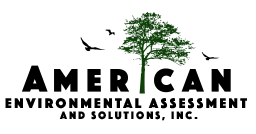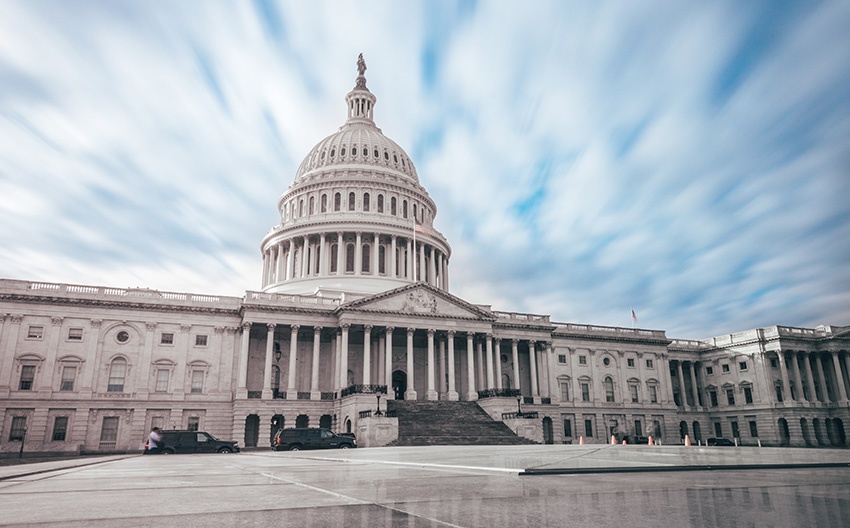CERCLA Due Diligence Requirements Revised to Reflect Updated Phase I Standard for Forested and Rural Land
Spencer Fane LLP
Paul Jacobson
July 11th, 2017
Purchasers of rural and forested land need to be aware of a recent change in EPA’s environmental due diligence rules. On June 20, 2017, EPA published a Direct Final Rule in the Federal Register, amending the All Appropriate Inquiries (AAI) Rule, 40 CFR Part 312, to reflect 2016 updates to ASTM E2247, a standard for Phase I investigations on rural and forested land.
The AAI Rule sets forth requisite practices for satisfying CERCLA § 101(35)(B) so as to obtain CERCLA liability relief, i.e. the innocent landowner defense, bona fide prospective purchaser liability protection, and contiguous property owner liability protection. The AAI requirements also apply when conducting site characterizations and assessments with the use of a Brownfields grant, under CERCLA § 104(k)(2)(B).
For years, the AAI Rule has referenced two voluntary industry standards for conducting Phase I site investigations, both published by the standards setting body ASTM International. One of these standards, ASTM E2247, only applies to forestland and rural property, and the other standard, E1527-13, is not limited in applicability to only certain types of property. The AAI Rule has allowed purchasers to establish compliance with the requirements of the AAI Rule by adhering to these industry standards (as makes sense, parties may not use the E2247 standard for property other than forestland and rural land). The June 20 Direct Final Rule merely replaces the reference to the 2008 version of E2247 with a reference to the updated 2016 version. No changes are made regarding the other ASTM standard referenced by the AAI Rule, E1527-13.
A summary of the differences between the 2008 and 2016 versions of E2247 is available here. One notable difference is that the 2016 version does away with the requirement that the site be at least 120 acres, so that the 2016 version applies to rural or forested properties of any size. E2247 in some ways requires less rigorous site investigation than E1527-13, so this widening of the applicability of E2247 is a welcome change to property purchasers. Individuals interested in obtaining a copy of the 2016 E2247 standard can do so from ASTM International at this link.
Purchasers of forested or rural land will not be required to use the 2016 version of E2247. Rather, this standard will merely be an allowed alternative to walking through the actual requirements of the AAI Rule itself. Nevertheless, once the Direct Final Rule goes into effect, property owners should ensure that their environmental consultants are not using the 2008 version of E2247, because it will no longer satisfy the AAI Rule.
EPA views the incorporation of the 2016 version of E2247 as noncontroversial, and thus published it as a Direct Final Rule, without a prior proposed rule. The Direct Final Rule will go into effect on September 18, 2017, unless EPA receives adverse comments by July 20, 2017. If EPA does receive adverse comments, the Direct Final Rule will not take effect. Rather, EPA would address the comments before issuing a subsequent final rule.
This post was drafted by Paul Jacobson, an attorney at Spencer Fane LLP.



